 |
| Odilo Clausnitzer presenting the 1964 Dizzy for President campaign |
Sebastian writes:
The 34th meeting of the German Radio Jazz Research group took place in one of Northern Germany’s most characterful, historic and cultured cities, Lübeck, at the end of May. The theme of the day-long symposium was Jazz and Humour. There were six papers, with intriguing titles such as “Django Bates and British humour. An Exploration,” or “Jazz criticism: jazz and the humourlessness of its devotees.”
The Django Bates presentation by Marcus Barteld was well-researched and documented. The nub of it was a presentation of three pieces. Barteld is a saxophonist, jazz educator and a member of the Cologne Contemporary Jazz Orchestra. He has found Bates’ Interval Song to be a piece that teenage students can work on very effectively and with pleasure. He has also done detailed analytical work on Django Bates’ compositions, which he presented. There was a detailed formal analysis of the track Sheep from the album Spring is Here, with the empahasis on Bates as composer, whereas a similar exegisis of Like Someone in Love from Quiet Nights focused on Bates’ arranging methods.
The discussion which followed considered whether the humour, the ability to run rings and play paradoxes, over repeated listenings leave a listener above all with a sense of Bates’ facility as composer and his level of craftsmanship (the Germans use the noun “Können”). Attention was drawn to his eclecticism, his use of collage and, aligned with the theme, the slapstick, parody and eccentricity of the work. There was reference to what distinguishes British humour – at least in the eyes of the Germans present – namely, dry laconic understatement, anarchy and disrespect for authority, the whole legacy of Monty Python… but the more one looks it is the craft in Bates’ work which comes to the fore.
One commentator described Django Bates’ work as a “Fundgrube fuer Theorien” (a treasure trove from which to make theories), and that was perhaps the most lasting impression. Bates’ work has so much in it, there is so much to unearth, people who like to dig for hidden treasure are never going to tire of analyzing and deconstructing it. Subsequent research has led me in the direction of Professor Marc Duby at UNISA in Pretoria and drummer Nick Zielinski of UIUC in Illinois, both of whom I understand have been doing their digging at doctoral and post-doctoral level
The presentation entitled “Jazz criticism: jazz and the humourlessness of its devotees” by Konstantin Jahn of Dresden University was more of a chronicle of some of the more acrimonious debates within jazz of the past few decades, citing Marsalis and Stanley Crouch, the Larry Ochs incident in Spain, Kenny G as object of derision – notably from Pat Metheny – and led to a broader discussion about the frequent outbreaks of division and thin-skinned-ness. The host of the sessions, Peter Ortmann, rounded off the discussion by pointing out that these discussions among people interested in jazz tend to be lively because of the passion and personal feeling that underlies them.
Götz Bühler in his presentation focused on the venerable tradition of jokes from and about jazz musicians. The humour often exists in spite of the situation, bringing out the fact that people who devote themselves to their art can be the downtrodden. There was a diversion into jokes about the non-musicality of record collectors, and a video interlude with Hans Groiner, the alter ego of Hammond organist Larry Goldings. And a memory of Bill Cosby – he wanted to be a jazz drummer in the 1970s – which the revelations of the past few years have made cringe-making.
Odilo Clausnitzer chronicled the “Vote Dizzy” campaign – Dizzy Gillespie’s attempt at the US presidency (while touring) in 1964. There was poetic justice when Obama opened up the White House for a concert on International Jazz Day during his presidency and declared the White House to be the “Blues House”. Clausnitzer set the context in the wake of the “Jazz Ambassadors” programme of the late ’50s, and of Dizzy’s charismatic personality, and described the role of Rolling Stone founder Ralph Gleason and his wife in getting the momentum going behind a campaign. The “John Birks Society” was a deliberate act of punning on the “John Birch Society”, a right-wing organization which had acted as sponsor to the campaign of Barry Goldwater. Perhaps the most lasting are Jon Hendricks words for the Vote Dizzy Gillespie campaign song, and a remarkable list of the potential senior figures of a Gillespie government: e.g. Max Roach in charge of Defense, Ray Charles to run the Library of Congress, and Miles Davis to run the CIA.
Eminent broadcaster Michael Ruesenberg had conducted some interviews, notably with Julia Hülsmann who had said she respected musicians such as Django Bates who could “do” humour, and stating it was not something she can do. An interview with Paolo Fresu stressed the importance if putting all of life into music – including humour. Bernd Hoffman‘s paper on the comic depiction of musicians in the musical shorts of the 1930s was typically erudite, and had a fascinating sequence about how Cab Calloway’s visuals and sound were manipulated for comic effect.
 |
| The historic city of Lübeck is surrounded by water |
Lübeck was the ideal backdrop for this meeting. The host was Peter Ortmann, who until 2012 was the Director of the German National Youth Jazz Orchestra (BuJazz)) and has since returned to his home city of and works at many levels to nurture high-quality provision of jazz education. We also heard a presentation of the city’s amazing cultural offer from Katrin Weiher – she is “Kultursenatorin”. She talked with immense pride about the sheer volume of activity, and also drew attention to the 875th anniversary of the founding of the town and the host of events spread over 2018 which form the city’s “Kulturjahr.” There is a dedicated website www lubeck-hat-geburtstag.de (it’s Lübeck’s birthday). The city has 13 small theatres, a perfectly preserved medieval heart and is a UNESCO World Heritage site. The centre is completely surrounded by water. It is a gem of a city.
LINK: Radio Jazz Research website
Categories: Live reviews





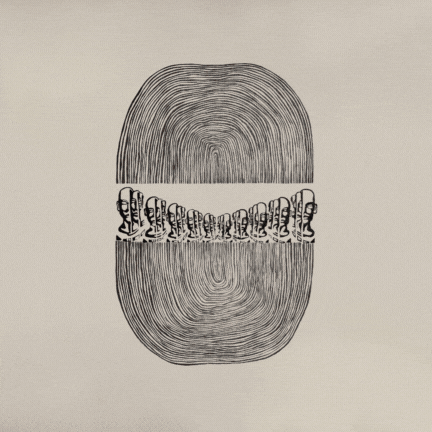

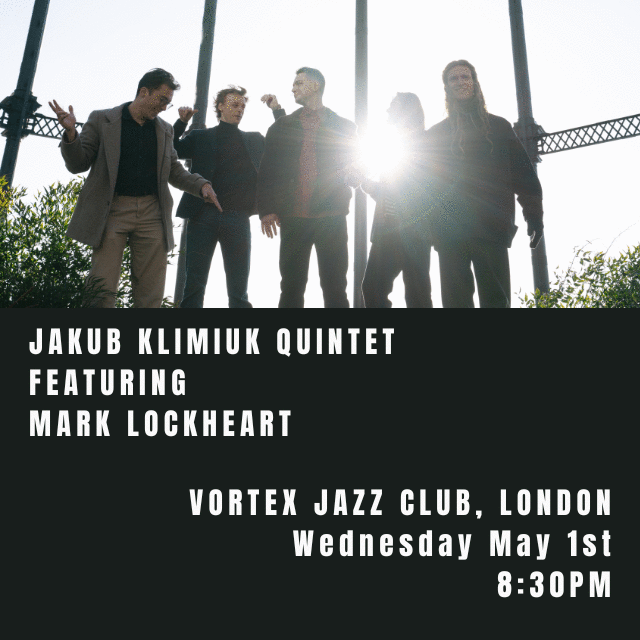
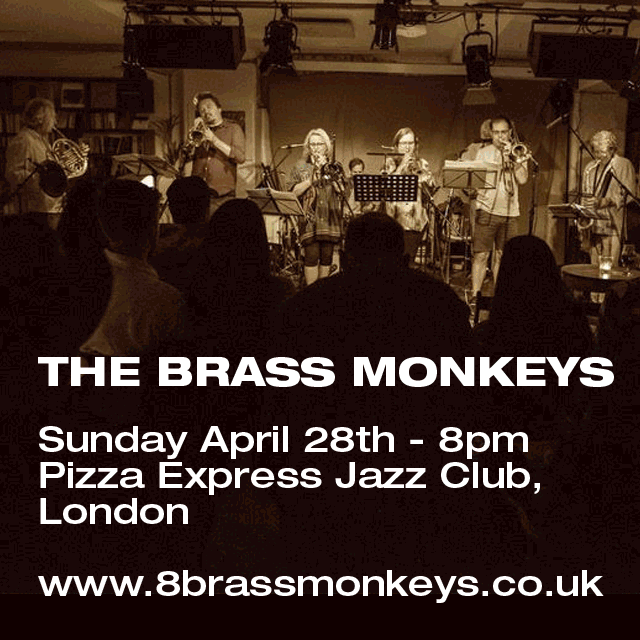
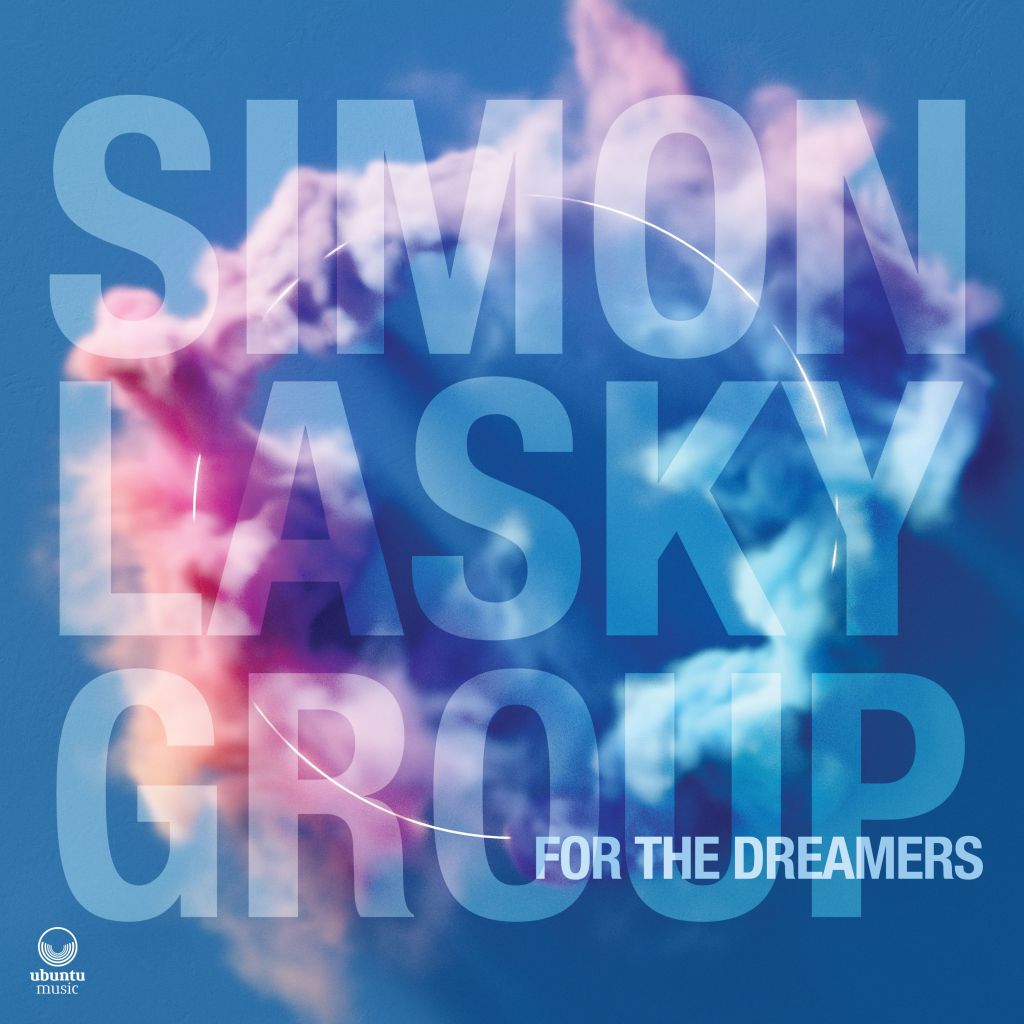
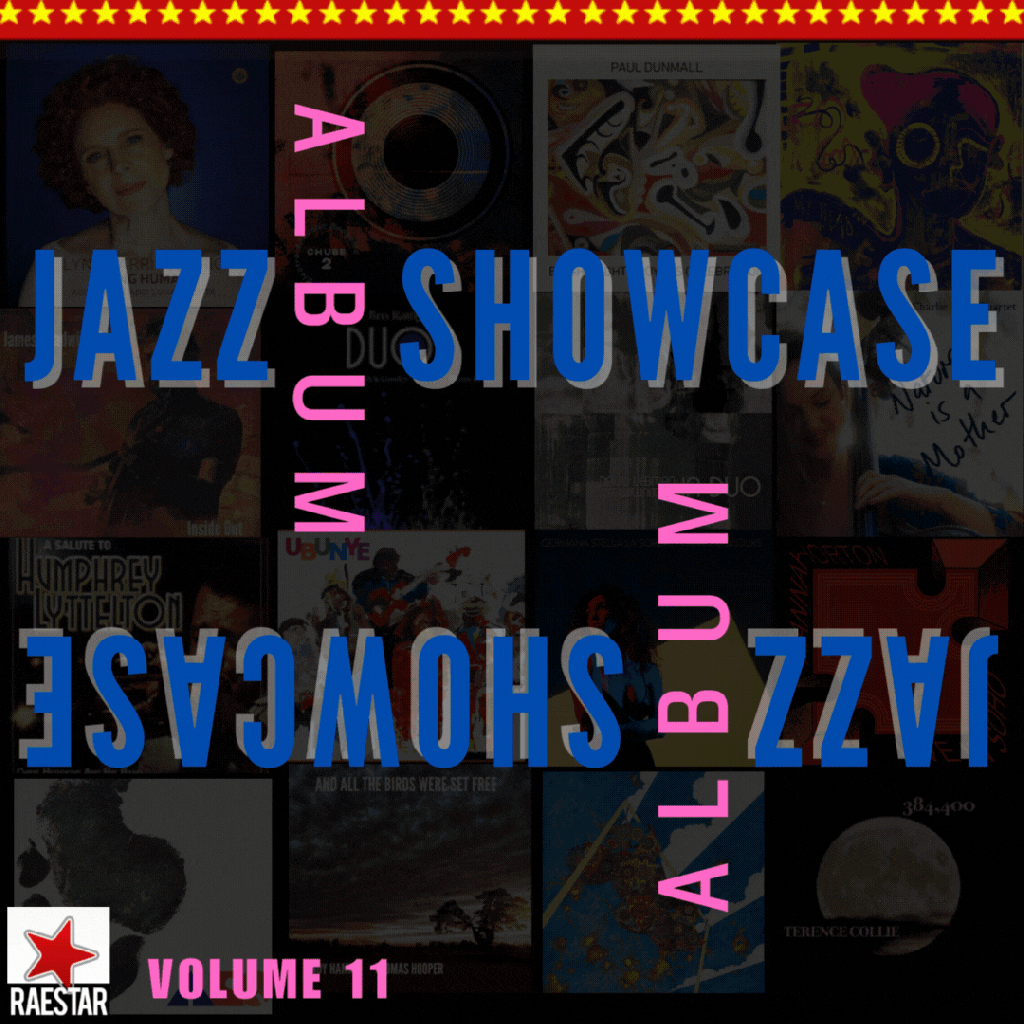
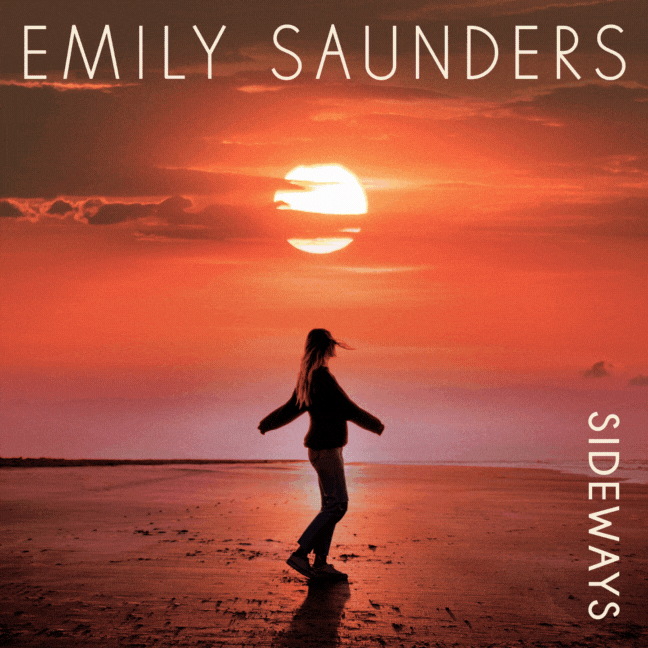
Recent Comments